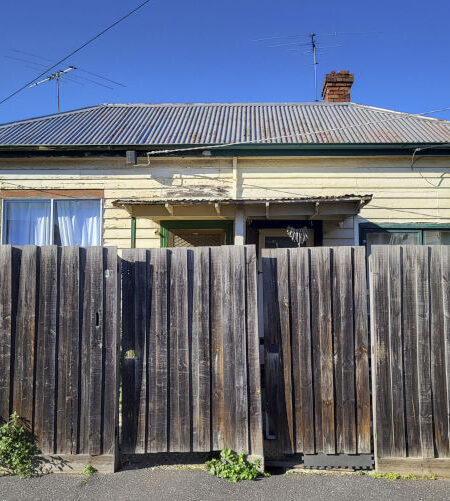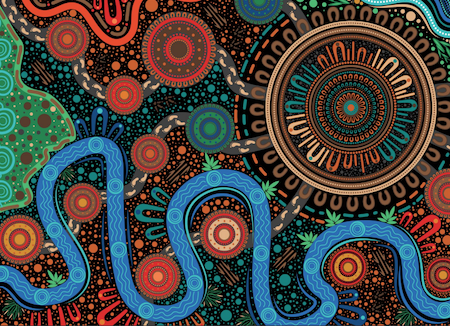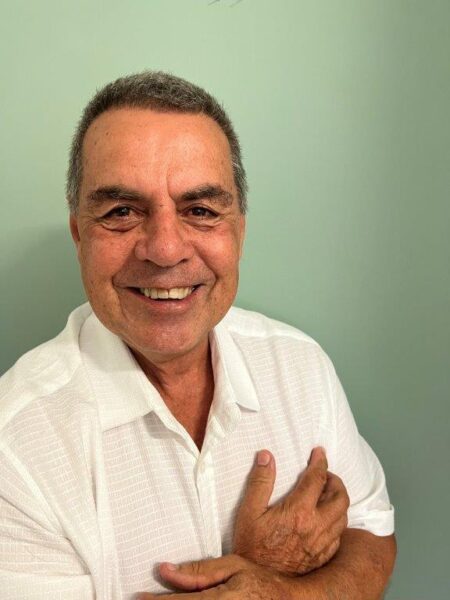I have been a general practitioner (GP) at Tobwabba Aboriginal Medical Service for nearly twenty years. It has been a constant source of satisfaction knowing that, in my own small way, the work that I do contributes to the health and wellbeing of the people in my community.
Each year, as Close the Gap Day comes around, it prompts me to reflect on the tireless work of so many in my profession who ensure individuals and families are able to do the things they need to do – look after friends, family, and Country.
GPs can make a lot of difference, one consultation at a time.
Every day, GPs working in urban, remote and rural areas, across private practice, community health or in Community Controlled Health Services. They hear of struggles and illness, but they also hear of great resilience, the love for and practice of culture and of seemingly small, but significant triumphs. We also hear about how things outside of our consultations affect health. The devastating consequences of racism; the effects of poor housing, or lack of transport. It is a reminder that as GPs, we can also act together to improve health outside of our consulting rooms.
Besides practicing medicine, my other passion is to make good doctors.
Doing good Aboriginal and Torres Strait Islander Health is to do good general practice. It means listening well, working with people to allow them to make good decisions for themselves, and being part of a community. As a profession, this is why Close the Gap is important. It helps us all to understand that not only are we working towards a set of targets, but we are also adopting a way of working that promotes partnership and respect for all kinds of knowledge.
Working together is a core principle at the RACGP. We were the first medical college in Australia to have a national Aboriginal and Torres Strait Islander faculty, which celebrates ten years of operation this year. Our faculty has embedded Aboriginal and Torres Strait Islander health as a priority at the RACGP for the long term and enhanced the way we work with Aboriginal and Torres Strait Islander people and communities.
It is truly encouraging progress that there are now 70 Aboriginal and Torres Strait Islander GP Fellows and over 50 GP registrars-in-training. As the RACGP takes on responsibility for the delivery of GP training, we have a real opportunity to see this number increase even further in the future.
I think it is possible for us to achieve GP workforce parity in this country. With continued support, these doctors will take their knowledge and skills into the future to improve health outcomes for years to come.




